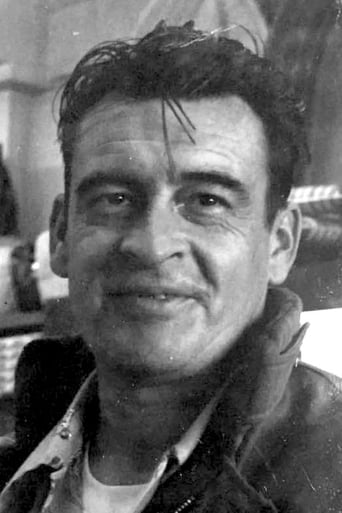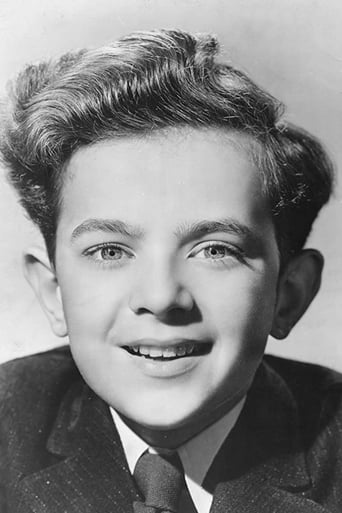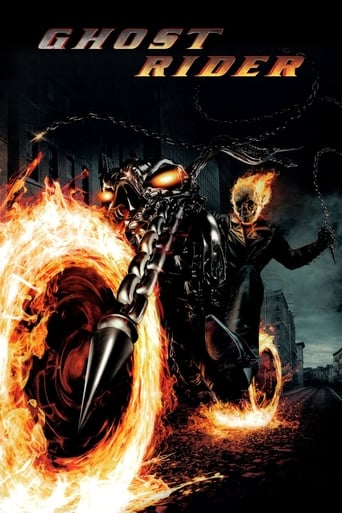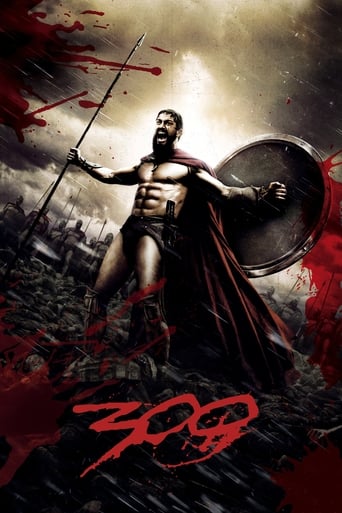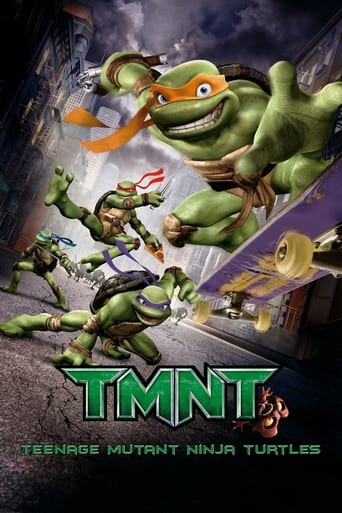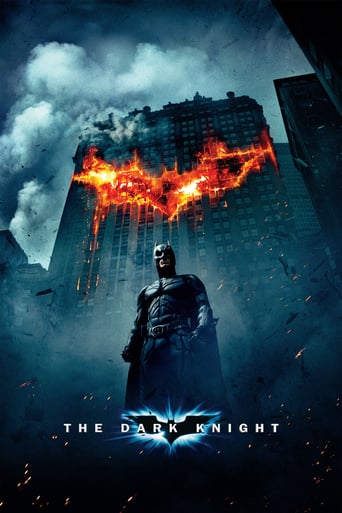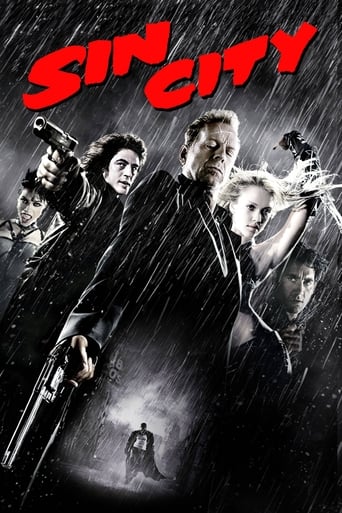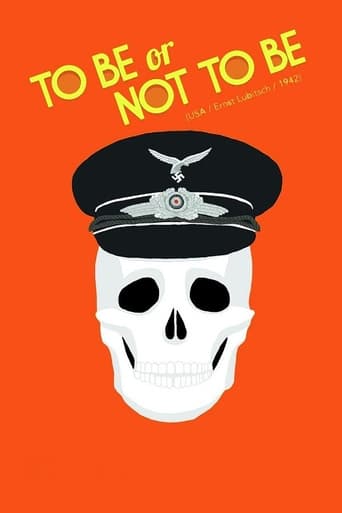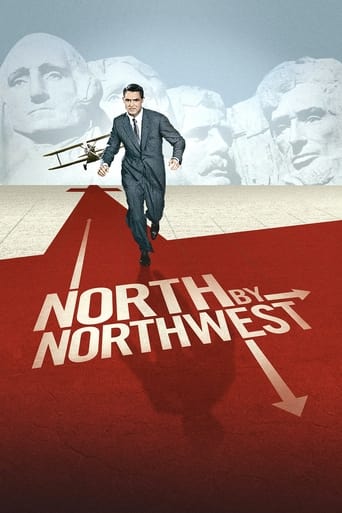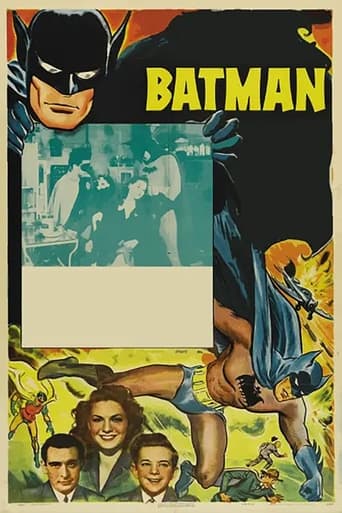
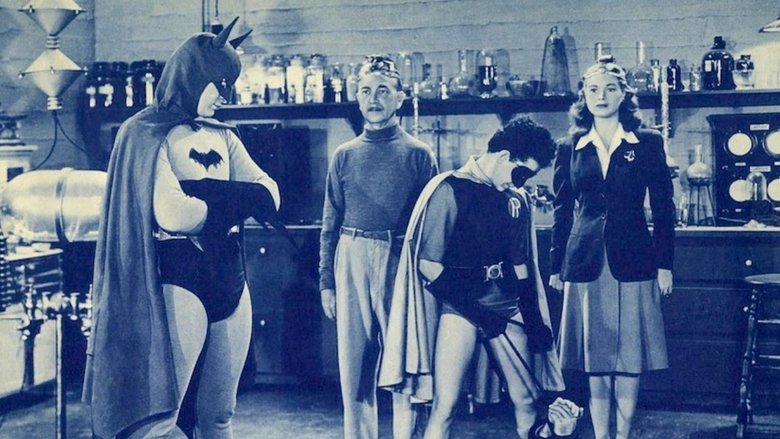
Batman (1943)
Japanese master spy Daka operates a covert espionage-sabotage organization located in Gotham City's now-deserted Little Tokyo, which turns American scientists into pliable zombies. The great crime-fighters Batman and Robin, with the help of their allies, are in pursuit.
Watch Trailer
Cast


Similar titles
Reviews
Japanese spymaster Prince Daka operates a covert espionage organization located in Gotham City's now-deserted Little Tokyo which turns American scientists into pliable zombies. Batman might be one of my favorite characters of all time but this movie was just way too big of B-Movie material than A and even Adam West and George Clooney were way better than this mess. Plus what was up with the 4hrs and 20mins running time? This was just absurd in so many different levels to even just begin to express it. If you love Batman? Just skip this please. (0/10)
First screen adaptation of Batman is made after just several years of comic-book releasing which caused some interaction between them. Although it was based on comic, it brought in some new details that comic took over later on. The most important thing comic took from this show is Bat-cave. Also, after this show comic changed appearance of Alfred to fit his appearance here.Originally, it was shown as 15 episodes and then, 20 years later, it came to theaters as one 4 hours long movie.Story is extremely simple and naive, characters are two-dimensional and from today's angle it looks totally silly. And yet, it has that something, that comic-book charm appealing to kids hidden in all of us. While I was watching it, I felt the same way as many years/decades ago when I was 10 year old boy, reading comics on summer vacation. In my opinion, adaptation of the comic-book should have exactly that kind of influence on audience, so in spite of all shortcomings I'm giving it strong seven.7/10You can find version of 3 hours and 35 minutes on YouTube.Spoiler warning !Movie was made during the WWII and Batman works directly for the police, trying to reveal Japanese agent that has mission to enable Japanese takeover of USA from inside. Back then all media was poisoned with war propaganda, so fact that this movie is full of racist remarks can be forgiven or at least ignored.Every conflict between Batman and villains is almost identical. Batman finds villain's layer, invades by surprise and fighting begins. There are almost no weapons, no one even uses legs to kick, not to mention something more sophisticated. It's mostly just fist fighting, like in Wild West saloons. Batman and Robin fight against two or three times more opponents and they get fairly beaten when something unexpected happens and saves their asses in last moment, so at the end they end up victorious. Villains all wear hats and during the fights those hats never fall off their heads.Because of low budget there is no Bat-mobile and almost no gadgets.
Surprisingly good! Much better than I could expect. It is very well filmed and there are very nice action scenes, particularly for a production from the 40's: footage of fighting, climbing, spying, falling down, disguising... Although lightly plump, Lewis Wilson not only did a good job as the dark knight but also had one of the best representations of Bruce Wayne ever in my opinion, as the fake playboy. Batman was already frightening on the eyes of the criminals, as he intimidated them (the bat's cave has been created for this movie serial, though it was not his back office yet, but kind of a psychological torture and interrogation room, accessed through the clock). Batman fights a lot, most of the time against two or three thugs, but he is far from the skillful martial artist he would become in future versions; indeed, he receives lots of punches and loses the fights a lot of times, not dying by luck. There was already a charming black car, though it was not properly a batmobile, but a 1939 Cadillac, generally driven by Alfred. Douglas Croft was a typical Robin, and although his visual was true to the character, we got accustomed to the hair and the mask of Burt Ward decades afterwards, making his upright curly hair and his pointed-nose mask a bit strange. Batman and Robin were already skillful investigators, but there are two very important differences in their way of working against crime: first of all, chief of police has Bruce Wayne as a partner in law enforcement, although he does not know Batman's secret identity and has a dubious position on his vigilantism; besides that, the dynamic duo works much time spying without their masks, as Bruce and Dick, using the superhero personas much more for combat. This version of Bruce Wayne had great acting skills, like Christopher Reeve's Clark Kent, and could disguise himself deceiving even people who know him very intimately. There are other differences from more recent versions concerning other main characters. Instead of commissioner Gordon or chief O'Hara, Gotham police counted on chief Arnold. Linda Page was Batman's love interest, before the creation of Vicki Vale and other crushes. Butler Alfred appeared for the first time not as fat but as slim, what became his usual representation ever since. The main criminal here was a Japanese scientist, in a quite obvious usage of the character in order to support USA foreign policy (what always happened with the most famous superheroes, not only due to that World War); unfortunately the way characters referred to him was often racist and xenophobic against the Japanese people. The repetition of the same formula - criminals phone to the victim pretending to be someone else and setting up a meeting, but Batman and Robin suspect and go there to save the day - bores a little, as it is too much recurrent and the movie serial is too good to insist in a so simplistic solution. The same may be said about the too many times villains believe that they have killed Batman; once or twice it is OK, but in every episode?! As a matter of fact, the movie serial is nice and entertaining, but it would be better if edited shorter as a feature-length film. It worth be watched, anyway, for sure.
Despite the overt racism, low budget, and low quality Batman suit, this serial was much, much better than I expected. It is better than the average Columbia serial, and should be very enjoyable to fans of old movies, B-pictures, golden age comics, as well as serials. I found that the serial was so engaging and the directing so skillful, that by the middle of the 2nd chapter I didn't think the suit was silly anymore.Lewis Wilson was very credible as both Bruce Wayne and Batman. As Bruce Wayne, he is suave and upper class, and as Batman he is tough, brainy, and no-nonsense.There's a couple scenes in which Batman takes crooks to the Batcave, tries to browbeat them for information, then locks them inside alone with his pet bats. In one very clever sequence, he employs a nice bit of deception on one of these thugs. But even though it is WWII, the fate of the world us up for grabs, U.S. territory has been attacked on 3 fronts and U.S. citizens are interned at camps in the Phillipines, Batman never employs torture, waterboarding, simulated suffocation, sexual humiliation, electric shock, or dog attacks, or other 'enhanced interrogation methods' to extract information from these traitors and saboteurs. That is because, even though he is a weird figure of the dark, striking terror into the hearts of criminals, Batman is not willing to degrade himself by torture, he is not willing to sacrifice his own humanity. What a concept! The fight scenes range from so-so to pretty cool. There are some good moves in some of the fight scenes, like when a bunch of thugs knocks Batman down and pile on, the stuntmen handled it really well when Batman throws the thugs off. Also, the stuntman who played Batman was able to throw a really convincing knockout punch, there are times when he really looks like he is putting all his weight into it, you almost feel it.I also liked the moments when Batman pulled Bruce Wayne's fiancé, Linda Page, out of danger: from his voice it sounds like he actually cares about her, and is not just using her to dispel rumors about his sexual preferences. Unlike a modern Batman, however, he never reveals his double identity to his love interest. Speaking of Linda, she is a quite a fox and a good actress. Douglas Croft made an excellent Robin, once you get used to his big hair (this is the 1st cinematic 'afro' hair style, 25 years before Linc from 'The Mod Squad'!), valiant, good in a fight, not the least bit obnoxious. Croft was 17 when this was filmed, appearing to be about 14 or 15, which is about how old the real Robin would have been Also, since the film is in black and white, Robin's suit shows up as a variety of gray tones, as opposed to the rather sissified red and yellow of the comics (what latent tendencies the guy who dreamed up that suit must have had!). Likewise, Batman's suit is darker in black and white, and in many scenes it's plausible that he really can frighten criminals.The director, Lambert Hiller, had previously done 'Dracula's Daughter,' and put in many atmospheric touches that give this serial the ambiance of a 1930's Universal horror film. The original Batman comics borrowed heavy from those films, and had only been created 4 years prior, in 1939. Having read many of those comics, it is my opinion that this serial comes the closest to the original concept of Batman, as envisioned by his original creators, Bill Finger, Gardner Fox, Jerry Robinson and Bob Kane (who managed to grab all the credit). The 1st year or 2 of Batman comics had a very dark, primitive, gritty feel, which this serial captures nicely.Speaking of horror, Dr. Tito Daka has to be one of the greatest, most evil, intelligent, sadistic and insane serial villains ever. As great as, perhaps greater (?) than Ming the Merciless from Flash Gordon. And the wacky happenings in Daka's lab and hideout are just some of the wildest, weirdest, pulp-fictionest stuff you've ever seen.There has been much said over the years about the racism of this serial. Dr. Daka was played by a Caucasian actor, and his Japanese voice sounds instead like Peter Lorre trying to do a Mexican accent. But there are a couple places where the narrator talks about the WWII U.S. govt. concentration camps, wherein 120,000 U.S. citizens were unconstitutionally confined for the duration. Even after all these years, that's still offensive.Another touchy point are the recurring shots of a bizarre propaganda carnival ride, in which wax figures depict Japanese soldiers picking on and brutalizing Caucasians. Obviously, these images were meant to inflame anti-Japanese feelings in U.S. theater-goers, thus helping the nation retain it's 'resolve.' Today, however, anyone who has read even the smallest amount of history will know that compared to the real atrocities committed by both Japan and the U.S., the wax tableaux now seem mild in comparison.I am told that the late 1980's VHS release of this serial had been censored of much of the anti-Japanese references, possibly by the Japanese company Sony, which holds the rights to it. If that is so, then it is perhaps cautionary that Sony no longer feels obliged to sensor this material. Maybe this gives we who would inter people on the basis of religion or ethnicity (can you say 'Gitmo'?) a glimpse into a previous time when, to our eventual shame, we did the exact same thing. Or perhaps Sony sees that the U.S. is now competing in the War Crimes Olympics, thus tacitly condoning, perhaps emulating, the Axis tactics of WWII. Maybe Sony just thinks atrocities have come back into style.


